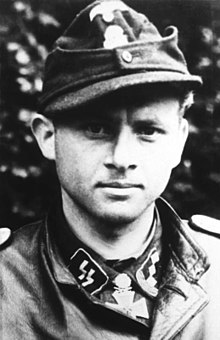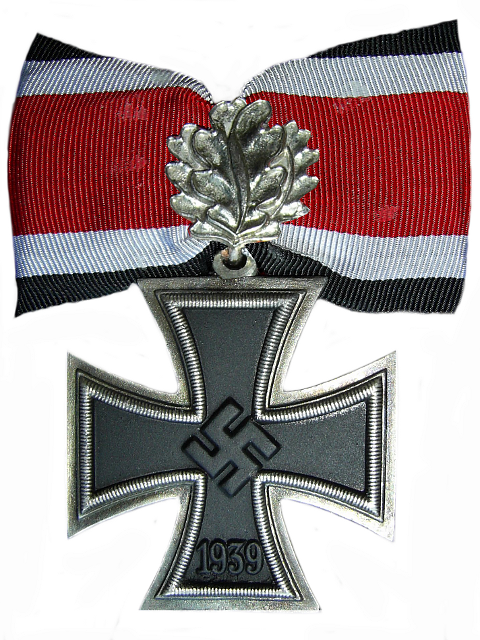On June 6, 1944, more than 130,000 ground troops and 23,000 airborne troops flooded into Normandy on D-Day, but a week later they were behind schedule as the Allies struggled to break out from their beachhead.
The British reached Bayeux on June 7th four miles shy of their D-Day objective, the city of Caen. Whoever controlled Caen also controlled access to the Caen Canal, the northern Orne River and entry into northeastern France, but Caen couldn’t be reached.
Allied intelligence missed the fact that the 21st Panzer Division was in the vicinity. The 21st Panzer was a battle-hardened division from the Afrika Korps. The division was understaffed and most of their tanks were in the shop, but they were able to stop the British advance.
The desperate defending of the 21st Panzer Division was made easier due to a unique feature of Normandy that dated back to medieval farming called bocage. Bocage are small fields surrounded by dirt banks as high as four feet and topped with impenetrable shrubbery. Opposing troops could pass on either side of a hedge row without knowing the other was near.
British Field Marshal Bernard L. Montgomery decided to attack Caen from the flanks with the goal of surrounding the city. The western flank attack would advance south from Bayeux to Villers-Bocage, a hub for the local roads. (Much like Nashville, Tennessee was important during the Civil War as a railroad hub.)
By 8 am on the morning of June 13th, the British were in Villers-Bocage and ready to pivot northeast onto the Caen-Villers-Bocage highway to point 213, the highest geographic spot in the area. The British needed to control point 213 to maintain their position in Villers-Bocage. This time, Allied intelligence missed the fact that elements of the 1st SS Panzer Corps were present to plug a widening gap in the German defenses.
Point 213 was already occupied by panzers commanded by Obersturmfuhrer (Captain) Michael Wittmann. The unit was part of the 1st SS Leibstandarte Adolf Hitler (LAH) Panzer Division. He commanded five Tiger II panzers and a Mark IV Special panzer. His Tiger was equipped with an 8.8 cm cannon (the famous 88), a versatile artillery piece feared by Allied troops.
As the British arrived at point 213, Wittmann ordered the other panzers to stay back in support while he attacked alone. His Tiger knocked out the rear British tank and then drove along the British column firing his 88 as fast as it could be reloaded at a range of 50 – 80 meters (55 – 87 yards, less than the length of a football field). The Tiger shredded the British forces at point 213.
Then Wittmann drove into Villers-Bocage and destroyed three Stuart tanks before his panzer was disabled. He and his crew escaped during the confusion. In five minutes on June 13th, Wittmann’s lone attack destroyed a British battlegroup and stopped their flanking attack on Caen.
The British finally captured Caen in late July 1944 after the city was flattened by Allied carpet bombing and house-to-house fighting. Civilian casualties were never accurately verified, but are estimated in the thousands. Caen was not fully reconstructed until 1962.
Wittmann died on August 8, 1944, when his Tiger was destroyed by Allied bombers during the Battle of the Falaise Pocket. He was credited with 138 tank “kills” and received the Knight’s Cross with Oak Leaves.
To learn more about the breakout from the Normandy beachhead, see Decision in Normandy, by Carlo D’este (1983). For a detailed study of the 1st SS Panzer Corps, see Steel Inferno, 1st SS Panzer Corps in Normandy, by Michael Reynolds (1997). Both these authors were career officers with combat experience.
Want to receive this blog straight to your inbox? Sign up for my mailing list.




